Planting density of fruit trees and fertilization techniques in autumn
Autumn is the harvest season for fruit trees, when farmers are busy harvesting and listing, but don't forget to fertilize. Autumn is a very important fertilization period for fruit trees. its main function is to increase the reserve nutrients of the tree and prepare for the good growth of the next year. After the tree absorbs fertilizer, it makes nutrients through photosynthetic processing and transports them to the tree for storage. The more it is stored, the stronger the tree is in the second year. In the second spring, the plant blossoms, develops leaves, grows slightly, and so on. All use the nutrients stored in the previous year. Can effectively avoid the emergence of large and small years, so autumn fertilization is essential.
1 planting density
The planting density determines the state of the growth process of fruit trees, which can not be too high or too small, which will affect the normal growth of fruit trees. Rootstocks and rootstock combinations should be selected according to the site conditions and water and fertilizer conditions of the orchard. Then the suitable planting density was determined according to the growth potential of the selected rootstock combination. In sandy and gravel lands and mountainous areas where soil is barren and difficult to improve, Arbor rootstocks which are suitable for local climatic conditions and strong stress resistance are generally selected, and the roots can reach the deep layer of the soil, absorb more water and nutrients, and improve the ability of trees to resist drought and barren. Improve yield and quality If the variety with long branch type and strong growth potential is selected, the plant row spacing of 3 m × 4 m can be selected, about 55 fruit trees can be planted per mu, and the varieties of short branch type or moderate growth can be planted according to the plant row spacing of 2 m × 3 × 4 m, about 70 per mu.
(2) fertilization technology
2.1 fertilization method.
There are many ways to apply fertilizer, such as hole application, strip and strip, circular fertilization, and radioactive strip fertilization. It is best to use radiation ditch, which is 1m away from the trunk and opens the trench outward, that is, along the direction of root growth, a tree digs 6-8 radiation ditches, the depth of which is not less than 35 cm, the reason is where the fertilizer is, where the root is, and the purpose is to lead the root down, and the root is deep in order to grow luxuriantly.
2.2 types of fertilizers.
Must apply organic fertilizer, autumn fertilization should be based on organic fertilizer, supplemented by phosphorus and potassium fertilizer. First, organic fertilizer contains high content of organic matter and high supplementary nutrition; second, organic fertilizer is pure fermentation and good root absorption; third, it contains probiotics, which contains 20 million probiotics per gram of organic fertilizer; fourth, organic fertilizer can improve soil and regulate soil water, fertilizer, gas and heat. Fifth, organic fertilizer is rich in minerals, in addition to N, P, K, there are Fe, Zn, Cu, Mn and other trace elements. In short, the application of organic fertilizer solves the disadvantage of single composition of inorganic fertilizer and can meet the needs of fruit trees for various nutrients. Therefore, it is necessary to gradually reduce the amount of chemical fertilizer and increase the application of organic fertilizer.
2.3 fertilization time.
Autumn fertilization should be from the middle of September to the end of September, not until early October, because the ground temperature in the first ten days of October is low, which is not conducive to the absorption of fertilizer by the root system, while the ground temperature is high in September. After digging ditches, the root system is cut off, and many new roots will be produced from the callus immediately above the root system. These new roots will take root on the fertilizer we apply, begin to absorb nutrients, and then transport upward. The leaves are supplied above to make nutrients, and then transported and stored in the roots and stems in preparation for growth in the following year.
2.4 amount of fertilizer applied.
For fruit trees in full fruiting period, the amount of organic fertilizer per mu should be 1 ton, at least not less than 0.5t, and a tree should not be less than 10 kg organic fertilizer, that is, 500 kg per mu. If it is farm manure, it should be jin fruit fertilizer. If you can not achieve jin fruit fertilizer, you must apply more organic fertilizer, such as 20-20-5 more root power, or 369 more root power. There are also 16-18-6 and so on, or applying 2 bags of compound fertilizer with 3 17, and then applying 7-8 bags of bacterial fertilizer per mu, the effect of bacterial fertilizer on soil improvement is prominent, and the utilization rate of organic fertilizer is also improved.
Huo Yuqin, Liu Fuchun. Modern rural science and technology
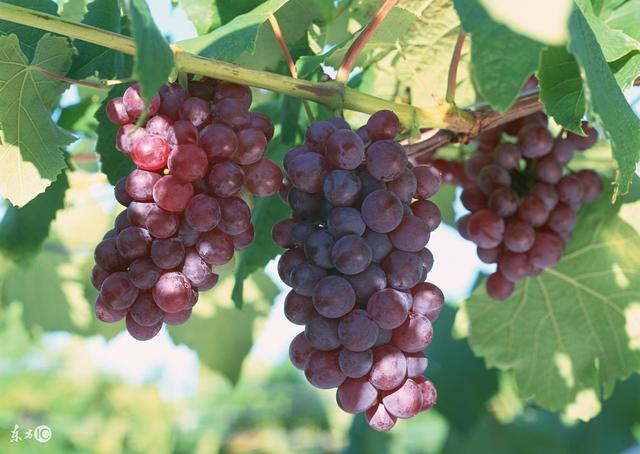
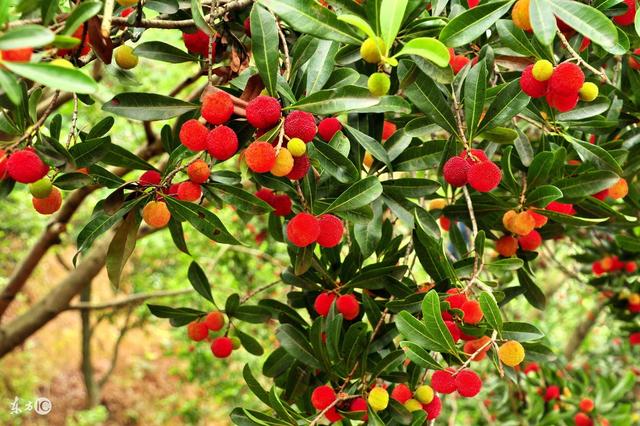
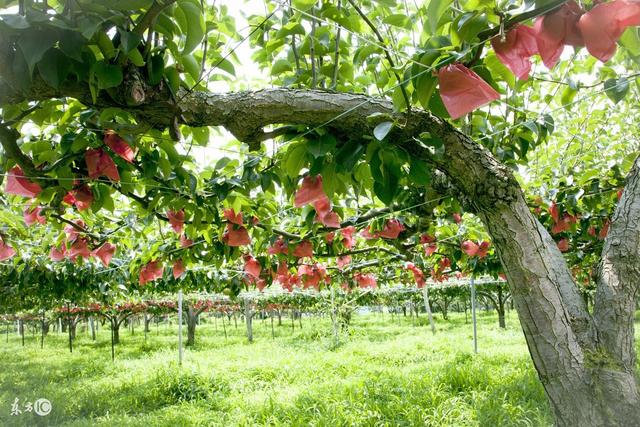
- Prev
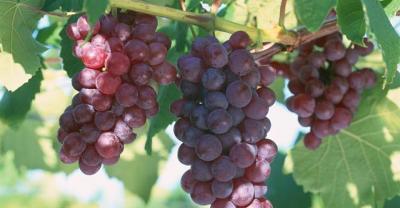
Planting method and propagation of flowers-- Cymbidium grandiflorum
Cymbidium is the most common species of Cymbidium in the world. It is an artificial hybrid obtained from the hybridization of epiphytic species. Because it is similar to Cymbidium.
- Next
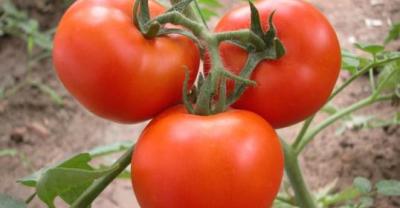
Planting Methods and Propagation of Flowers--Bamboo Cypress
Potted bamboo cypress, evergreen, dark green leaves, elegant posture, perennial can emit wisps of aromatic smell, with purification of air and mosquito repellent effect, but also extremely resistant to shade,...
Related
- Fuxing push coffee new agricultural production and marketing class: lack of small-scale processing plants
- Jujube rice field leisure farm deep ploughing Yilan for five years to create a space for organic food and play
- Nongyu Farm-A trial of organic papaya for brave women with advanced technology
- Four points for attention in the prevention and control of diseases and insect pests of edible fungi
- How to add nutrient solution to Edible Fungi
- Is there any good way to control edible fungus mites?
- Open Inoculation Technology of Edible Fungi
- Is there any clever way to use fertilizer for edible fungus in winter?
- What agents are used to kill the pathogens of edible fungi in the mushroom shed?
- Rapid drying of Edible Fungi

